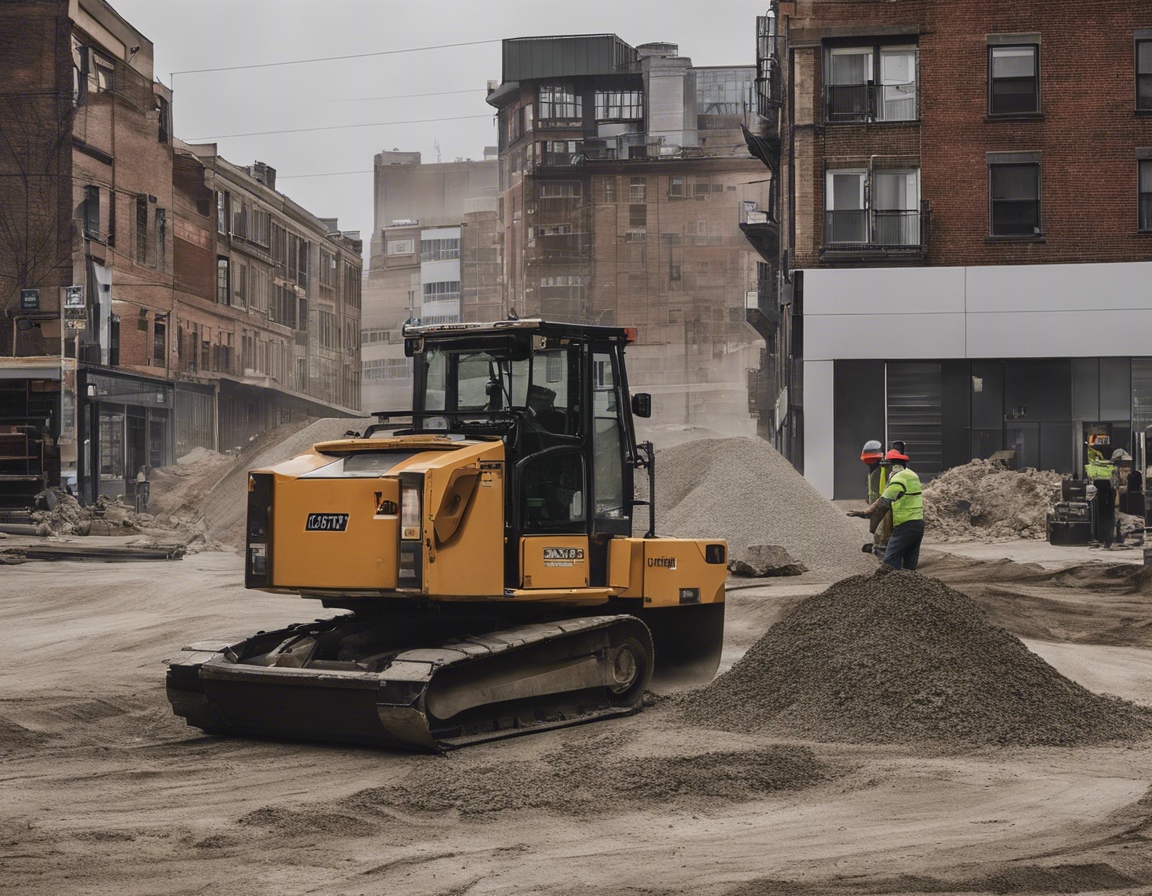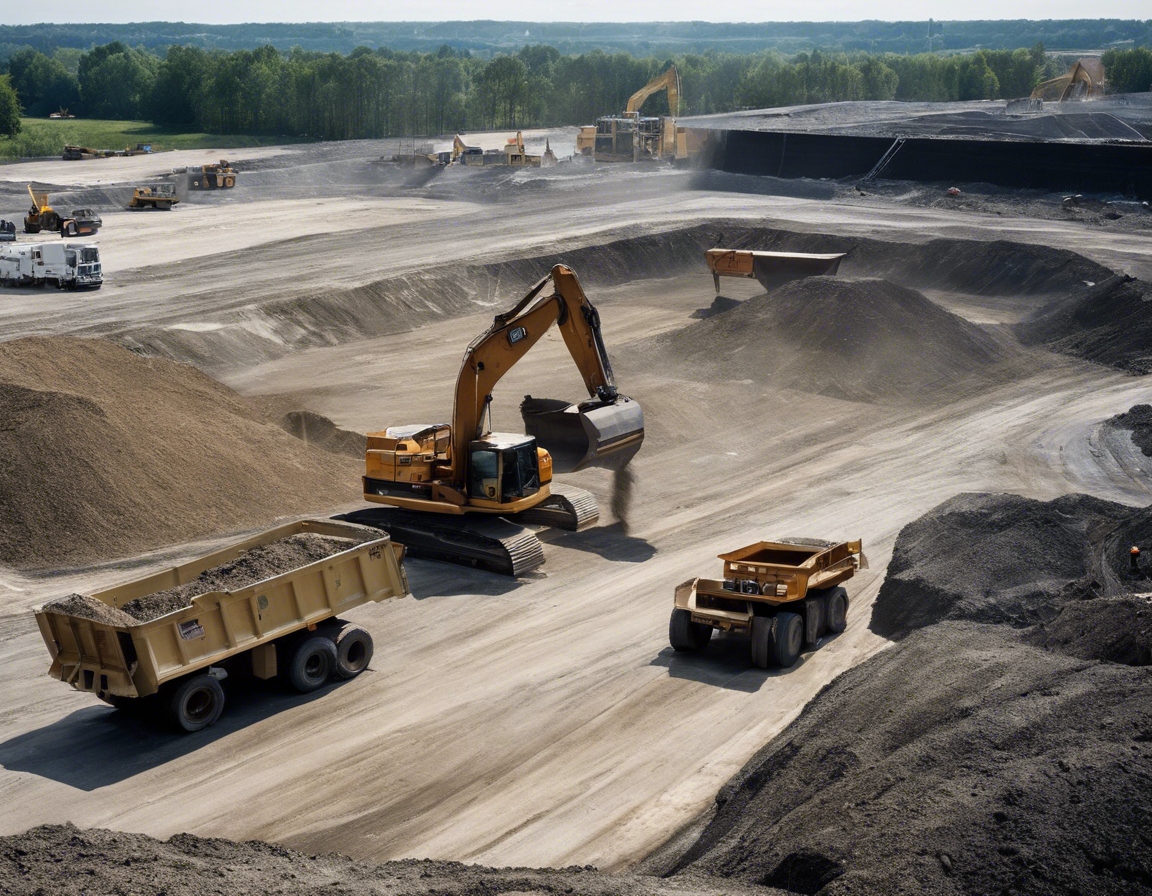How to select the right materials for your street stones
Choosing the right materials for street stones is a critical decision that affects the durability, maintenance, and overall aesthetic of public and private spaces. With a variety of materials available, it's essential to understand the properties and benefits of each to make an informed choice.
Understanding the Importance of Material Choice
Materials must withstand the test of time and resist weathering, erosion, and heavy traffic. The right choice can prevent frequent replacements and reduce long-term costs.
Some materials require more upkeep than others. Selecting a low-maintenance option can save time and resources.
The material should complement the surrounding architecture and landscape, enhancing the visual appeal of the area.
Eco-friendly materials can minimize the ecological footprint and support sustainability initiatives.
Types of Materials for Street Stones
Natural stone offers a unique and timeless look but can be more expensive and require skilled installation.
Concrete pavers are versatile, durable, and come in various shapes and colors, making them a popular choice.
Clay bricks provide a classic aesthetic and are known for their color retention and natural composition.
Composite materials, such as rubber or recycled plastics, offer innovative solutions with environmental benefits.
Factors to Consider When Choosing Materials
Materials should be selected based on their ability to withstand local climate extremes, from freeze-thaw cycles to intense heat.
Consider the expected traffic volume and weight loads to ensure the material can handle the stress without cracking or shifting.
The ease of installation and the required labor can significantly affect the project timeline and budget.
Balancing upfront costs with long-term value is crucial for a cost-effective investment.
Compliance with local building codes and standards is necessary to avoid legal issues and ensure safety.
Material Selection for Different Applications
Materials for residential areas should prioritize safety, comfort, and harmony with the home's design.
Commercial areas require durable materials that can handle high traffic and contribute to the business's brand image.
In historic districts, material selection must respect the area's heritage and meet preservation guidelines.
Materials for public spaces should be safe, durable, and enhance the natural beauty of the environment.






Comments (0)